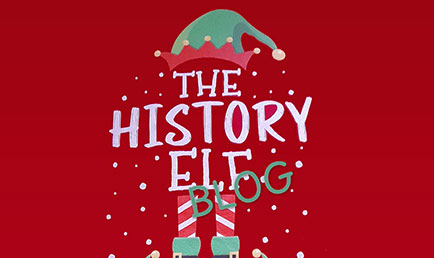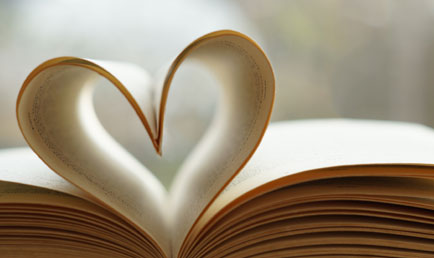Three Lions on a shirt
Jules Rimet still gleaming
Thirty years of hurt
Never stopped me dreaming
Ah, there is something so comforting about that football chant. First of all, no one minds if you sing it out of tune and, more importantly, if it is on the TV it means that the grief of the end of the football season is offset by the prospect of an international tournament in the summer. England football fans first sang it in 1996 – until we lost to Germany on penalties, a recurrent theme, alas. But I thank the Lightning Seeds’ for providing this upbeat anthem which we sang past forty years of hurt, fifty years… until in 2022, the women’s team won an international trophy on home soil! Hooray!
Before the song, I didn’t pay much attention to the three lions on the badge. But these animal emblems are everywhere in sport – Crystal Palace are the Eagles, Sheffield Wednesday Owls, Sale Sharks, Leeds Rhinos. And their roots go very deep into our ancient history.
Celtic clans used animal symbols on banners in battle. It gave warriors something identifiable to follow in a literal sense, but also it was part of clan identity. In medieval times, these symbols were formalised into an art-form called heraldry, which used stylised exotic and mythical animals which rich families could use to create their own coat of arms. In historical fantasy, you might find pages of description of the sigils of the feudal lords present on a battlefield. The sigil on the king’s standard was the most important of all. In medieval warfare, if the king’s standard was lost, the battle was probably lost too. So, the emblem had great symbolic power, and they were carefully chosen.
The three lions are said to date from Henry the First, who started the story by sporting one lion on his standard. So, why did Henry choose a lion? A lion, in heraldic terms, is associated with courage, strength and nobility. Observers of real lion behaviour might question that – it is the lionesses who do all the hard graft. Talking of which – 2022… just saying.
Henry then added two from his Scottish wife’s family standards. So – two of the English lions were originally Scottish! Oops! And how English was Henry? Well, he was probably born in Yorkshire, which is promising, but he was the fourth son of Wiiliam the Conqueror, so he would have regarded himself as a Norman and have spoken French. Oops again! But hey, we English are expert at borrowing and repurposing things – look how many thousands of times we have done it with words!
Was Henry brave, strong and noble as lions were assumed to be? He certainly was tough. Henry was the fourth son in a family where sibling rivalry was brutal. Think about what you’ve seen on Springwatch – how the smallest baby bird in the nest gets bullied. Even the modest inheritance the Conqueror intended for Henry was grabbed by a brother, so he had to fend for himself in Northern France. But, he seems to have been capable, resilient and pragmatic. He also demonstrated shrewd ruthlessness when he seized the English throne in 1100 after his brother William Rufus died in a rather convenient hunting accident in the New Forest. Strong like a lion!
Henry was regarded as an effective king who restored the rule of law, suppressed rebellions, ensured a strong monetary system and chose administrators on merit, even if they were “low-born”. He had the nickname “beauclerc” which, at the time, indicated that he had a good intellect. But don’t start a fan club for him just yet. He was a medieval king and he had to be feared in order to survive, so he was also cruel – you could say that he was much like a large carnivore that needs to rip and eat other creatures to prosper. England prospered too – he left it rich and powerful.
In 1135, this “lion” king died on a hunting trip in Normandy after eating what the chroniclers of the time called “a surfeit of lampreys”. When I see “surfeit of” as a cause of a medieval death, I think that it is a code for deliberate poisoning, but apparently, his symptoms suggest to modern medical historians that listeria was the culprit, wreaking indiscriminate harm on Henry and on England. Henry had wanted his daughter Matilda to succeed him, which makes him seem like quite an enlightened father who was cool with handing his baton to a lioness. Alas, her cousin Stephen seized the throne, starting an eighteen-year-long civil war called the Anarchy. So, Henry’s hard work was wasted in one of the ghastliest episodes of internal strife in our history. Perhaps it is some comfort to his spirit resting somewhere in the ruins of Reading Abbey, that his lasting legacy is the three lions, which are still on the royal standard.
Most importantly, for football fans, in 1872, the English Football Association chose the three lions for the national team badge.
Usurpation and civil war have occurred again and again in English history. “Heroes and Traitors” explores a post civil war scenario – where the peace is much harder to negotiate than the military campaign.
:
Photo: Driftwood sculpture of lions on the Harleyford Estate, created by James Doran-Webb.








